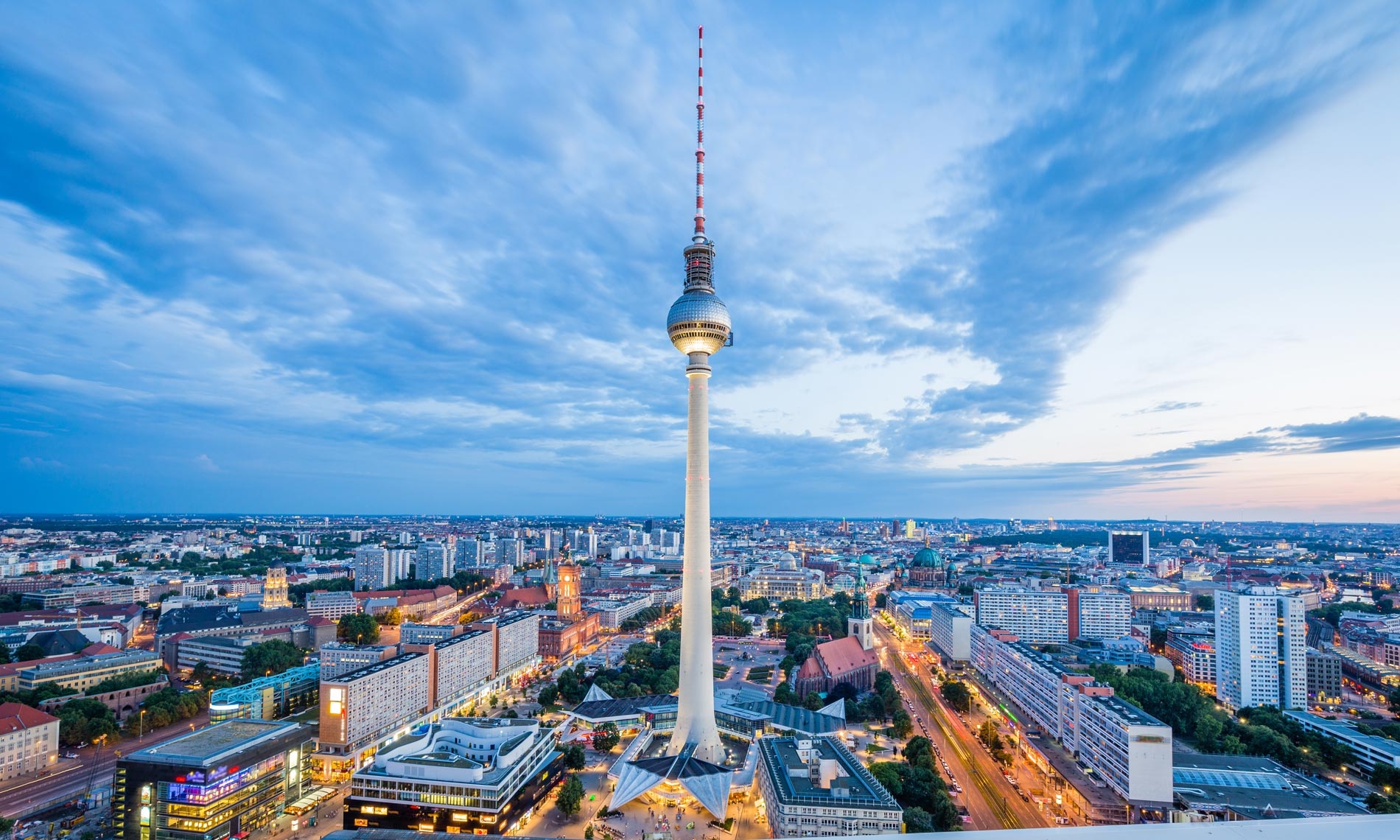
 Lakes, cheap booze & plenty of clubs, Berlin has it all
Lakes, cheap booze & plenty of clubs, Berlin has it all
Germany’s capital, Berlin, is rarely associated with summer. It’s undoubtedly a holiday destination, it’s got the culture, cheap booze and nightlife scene that make up a near perfect trip, but it doesn’t hold the romantic allure of Paris, nor does it boast the weather of Barcelona.
But Berlin has worked with what it has and its history has shaped it into a unique place, where bohemian lifestyle adopts the most desirable elements of German efficiency and industry. Transport links are better than those of London’s (never mind other capital cities of Europe), with trams eliminating traffic in the city centre and a far-reaching train service that takes you to leafy suburbs at a remarkably low cost. One-day, three-day and seven-day passes are available and can be used on all modes of transport.
The city centre is home to an abundance of historical sites, the symbolic Brandenburg Gate stands a block away from the Reichstag, former home of the German parliament. Five minutes from this celebration of classical architecture is a space for solemn remembrance and respect: the profound Memorial to the Murdered Jews of Europe, designed by Peter Eisenman and Buro Happold.
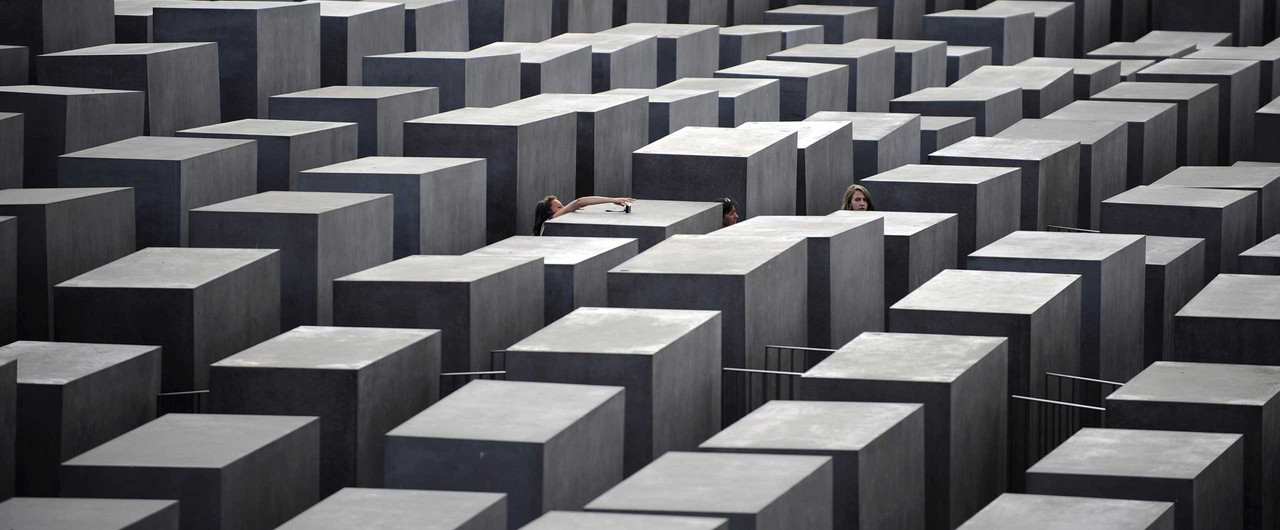
The Memorial to the Murdered Jews of Europe
There is a clear divide in Berlin, a clean split down the middle creating two separate cities. The financial district is situated in the west and mirrors those of every other city’s business district, with glass towers competing to see who can reach highest. The west may have a few clubs and nice parks, but it’s Berlin’s east that marks the German capital out as a truly unique city.
Berlin and Germany as a whole was split up between the victorious allies immediately after WWII, the city’s west went to the US, Britain and France, while the USSR was given the majority of the east. Rising tensions between the capitalist West and communist USSR resulted in the latter building the Berlin Wall, physically separating the ideologically split sides. It would stay up until November 1989.
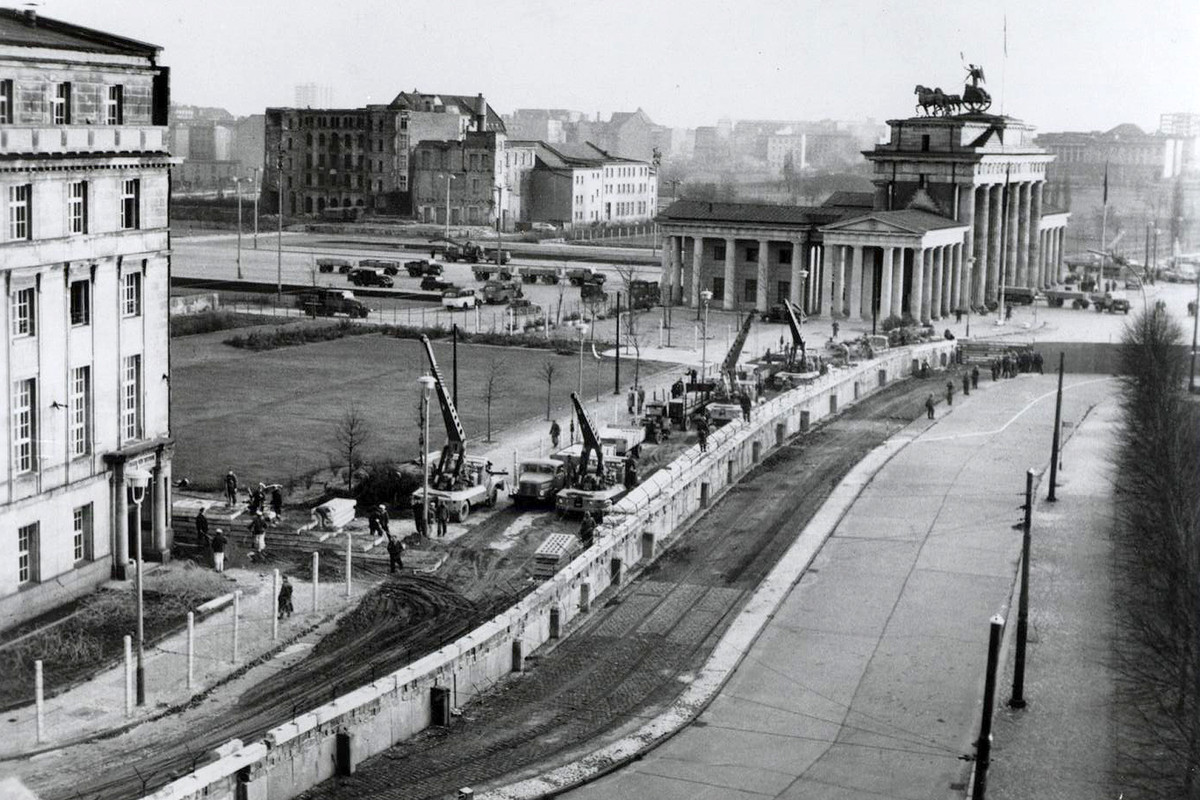
Construction of the Berlin Wall
This divide had a profound impact, the two sides developed under their different ideologies and once the wall was demolished the contrast was stark. The west side had developed just like many cities in the Federal Republic of Germany that preceded unification, democracy had brought stability, capitalism had brought business. Meanwhile, East Berlin was now home to decrepit warehouses and run-down factories.
The Cold War had driven businesses away from Berlin, Bonn became capital temporarily (Berlin regained its capital status after reunification) and capitalist industrial heartlands were created in the south and west of Germany. When the Wall came down the companies that had left Berlin saw no reason to return, thus the majority of warehouses were left empty. Seeing an opportunity, the artists moved in.
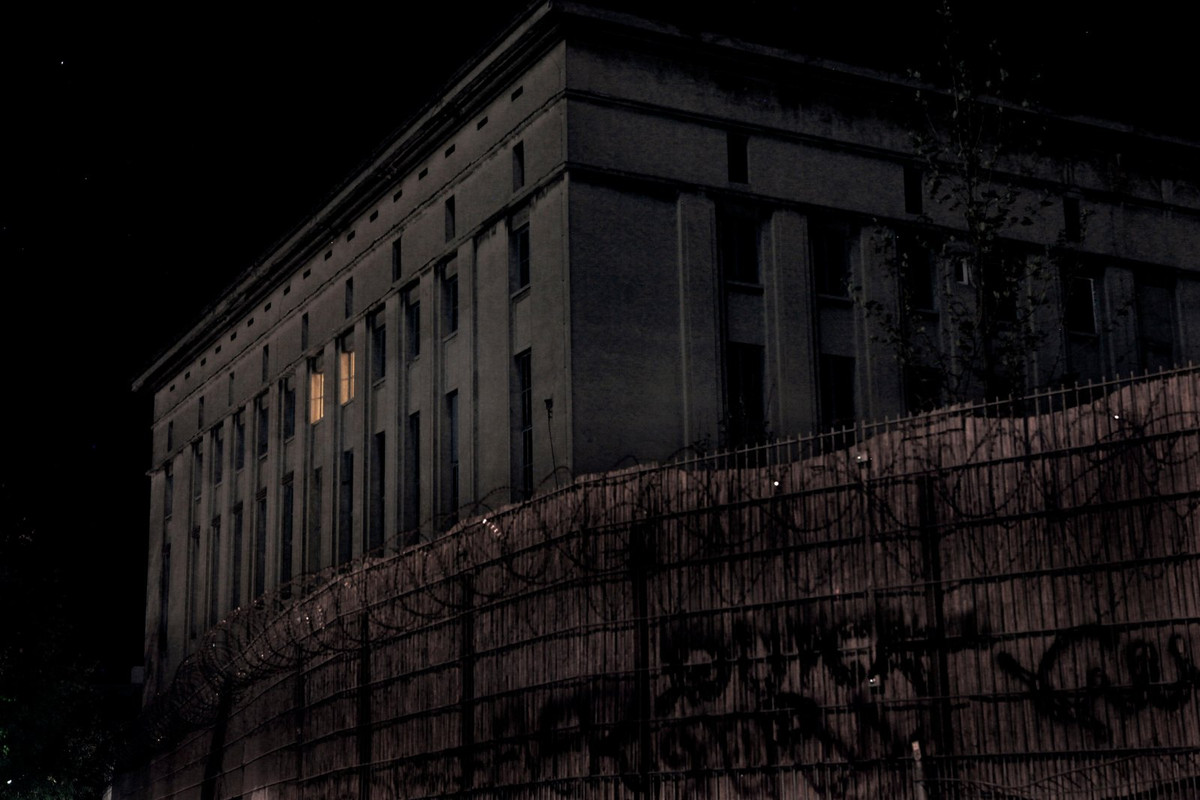
Famed nightclub Berghain
Warehouse living was cheap and provided ample space for people to practice their craft, the east became a hotbed of young artists, musicians, writers and contrarian living. They opened clubs, bars and cafes that are still thriving today, in fact nearly all of Berlin’s good clubs are to be found on the east, including the raver's holy site, Berghain.
The city also has something for those that value the days as much as the nights. The abandoned Tempelhof airport runway has become a peculiar park, the perfect spot to sunbathe in the summer, and then there are Berlin’s lakes, the most prominent of which, Müggelsee, takes up a chunk of the city’s south-eastern suburbs and is visible from a plane thousands of feet in the air.
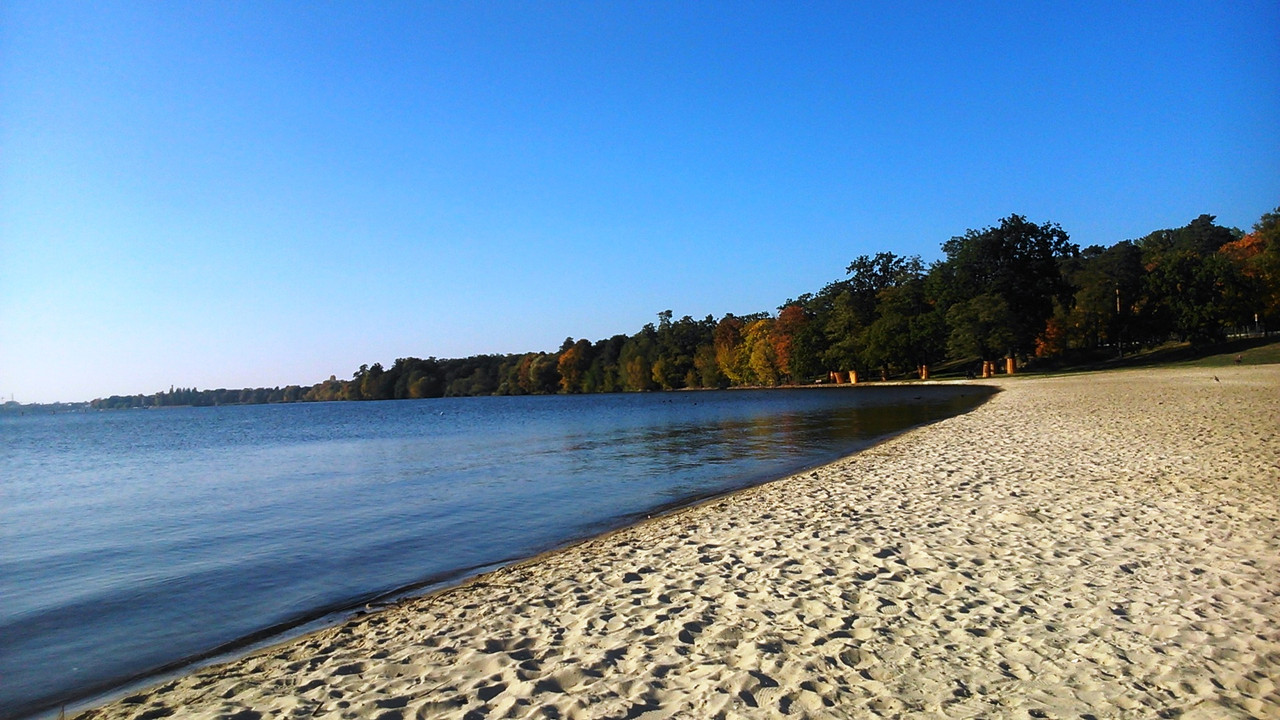
A wide variety of museums deal with the troubled history of the city, galleries are everywhere, the nightlife is legendary and the LGBT scene is booming. In short, Berlin has confronted its sordid history and has blossomed into a cultural destination. Oh, and you can get a can of beer from the supermarket for 30 cents if you’re into that.
